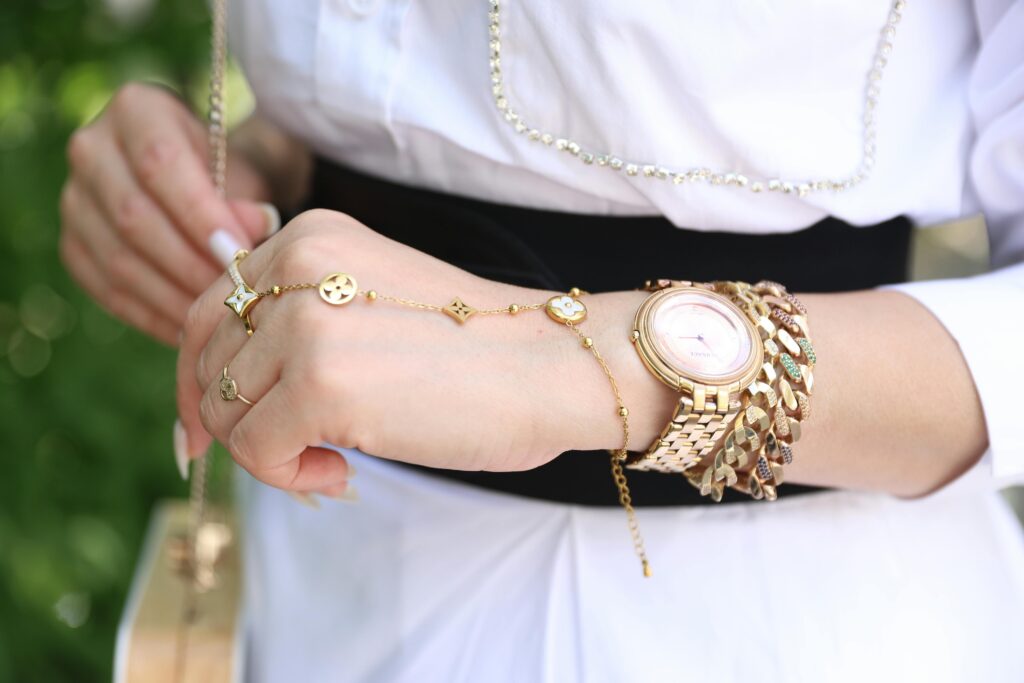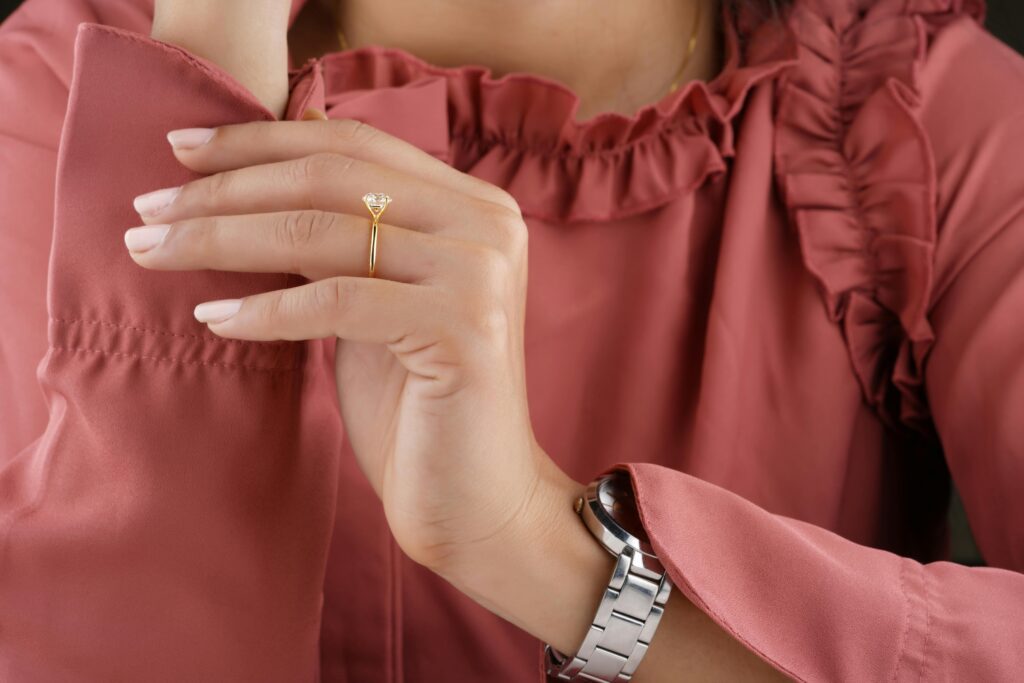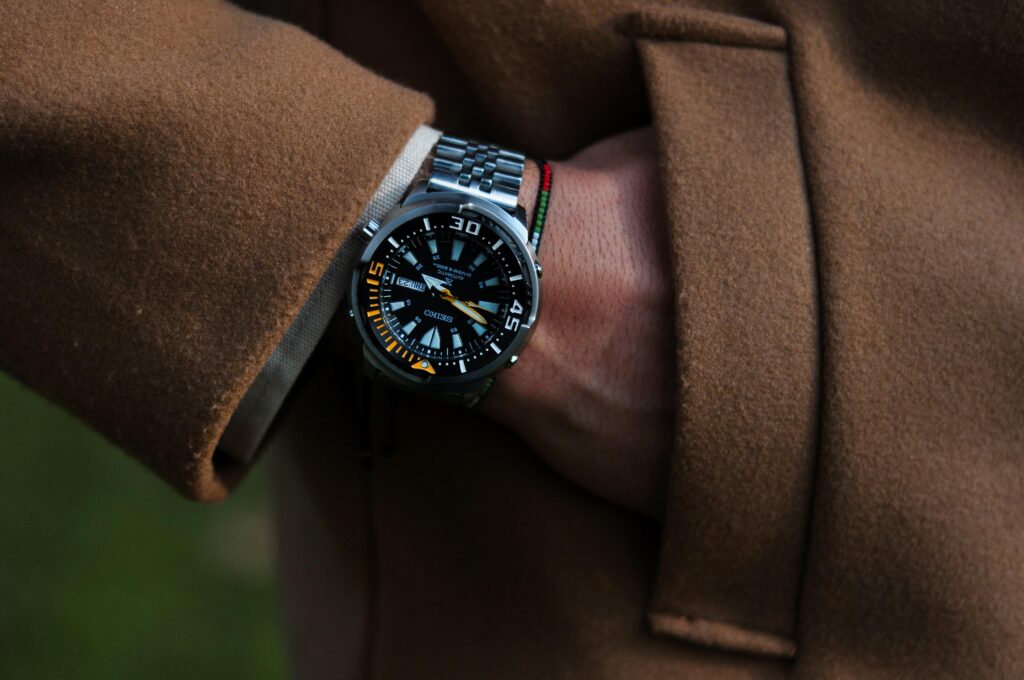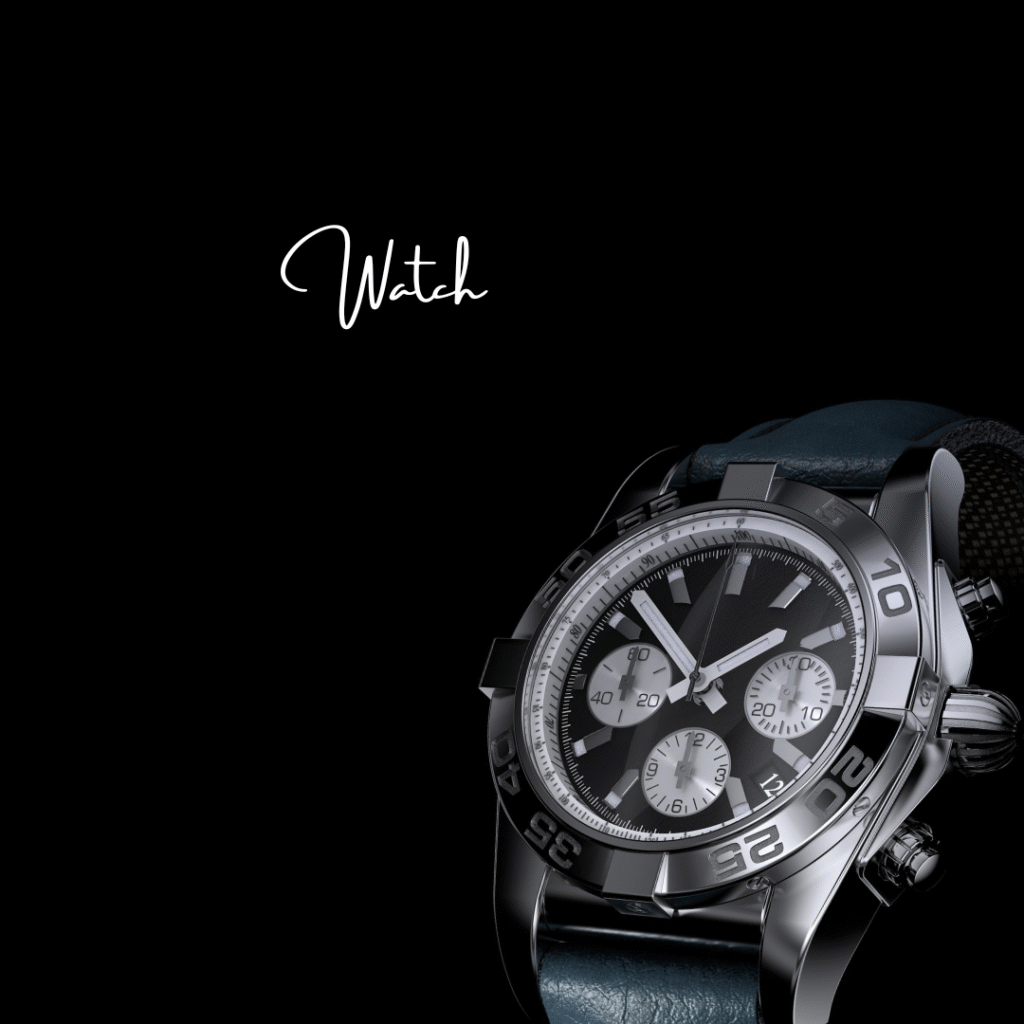The luxury watch market is still developing in 2025, fusing cutting-edge technology with age-old craftsmanship. To satisfy a discriminating audience that appreciates both tradition and modern design, the current trends demonstrate a dedication to elegance, sustainability, and individuality.

Vintage and retro styles are making a comeback
Many firms are returning to designs inspired by old clocks, demonstrating the continued appeal of traditional timepieces. Modern materials and motions are being used to reinterpret iconic models from the 1950s through the 1970s. Patek Philippe’s reimagining of the Calatrava series and Rolex’s reissue of the 1908 model, for example, demonstrate how tradition may be subtly incorporated into modern design. Passionate Way of Living Collectors and aficionados who value classic elegance are drawn to these clocks because they frequently have features like cushion or tonneau-shaped cases, cream or champagne-colored dials, and vintage-inspired hands and indices.
Exceptionally Thin Works of Art
Watch enthusiasts are still fascinated by ultra-thin timepieces. Companies like Bulgari and Piaget have advanced mechanical engineering to produce elegant and complex clocks. Providing thin profiles without sacrificing functionality, Bulgari’s Octo Finissimo Ultra and Piaget’s Altiplano Ultimate Concept are excellent instances of this trend.
Passionate Way of Living In addition to showcasing technical mastery, these timepieces also exude a simple beauty that appeals to contemporary tastes.
Advanced Technologies and Materials
In watchmaking, luxury is being redefined through the use of cutting-edge materials. To improve comfort and durability, aerospace-grade titanium, ceramic, and carbon composites are being used. Leading this trend are the brands Audemars Piguet and Richard Mille, which produce watches that are sophisticated and durable. The Caliber Magazine In addition to enhancing the watch’s functionality, these materials give it a sleek appearance that appeals to current preferences.
Designs Inspired by Jewelry
The distinction between art and timekeeping is becoming increasingly hazy as watches are increasingly being created as jewelry. Incorporating vivid gemstones and rich metals into their designs, brands such as Bvlgari and Cartier are producing clocks that are as much about style as they are about functionality. For individuals who like sophisticated and elegant accessories, these jewelry-inspired timepieces provide an opulent substitute.

Ethical and Sustainable Practices
The luxury watch sector is increasingly focusing on sustainability. Concerns over the ethical and environmental effects of their purchases are growing among consumers. As a result, watchmakers are embracing eco-friendly production techniques and employing materials that are sourced responsibly. Leading the way are companies like Panerai and IWC, which create watches using recycled metals and plant-based materials to combine luxury with responsibility while drawing in eco-aware customers.
Customization and Personalization
Customized and personalized watches are becoming increasingly popular. Brands are providing bespoke alternatives as a result of consumers’ desire for individuality and uniqueness in their premium purchases. Luxe Watch These possibilities, which range from personalized inscriptions to replaceable straps and custom dials, let customers design clocks that express their unique tastes and style, giving premium time a very intimate feel.
Smartwatches with Hybrid Features for the Astute
Consumer People who want current technology’s utility without sacrificing style are increasingly choosing hybrid smartwatches. These watches blend innovative functions like notifications and health tracking with a classic analog look. To meet the demands of the contemporary, tech-savvy customer, brands are incorporating these clever elements into their designs with ease. These characteristics include long battery life and discrete smart notifications.

Collaborations and Limited Editions
The luxury watch market is still heavily influenced by exclusivity, as evidenced by the surge in high-profile partnerships and limited-edition launches. These watches frequently have distinctive patterns and premium materials, which raises their collection value. New standards in watch design are being established by partnerships between watch companies and well-known designers or artists, producing timepieces that are both technically and aesthetically impressive.
Skeleton Designs and Transparent Dials
Transparent or semi-transparent dials are becoming increasingly popular as they emphasize the technical craftsmanship of timepieces while giving off a futuristic vibe. Wearers can now appreciate the artistry behind their timepieces thanks to the increasing popularity of skeleton designs, which reveal the inner workings of the device. These designs appeal to people who appreciate both engineering and aesthetics since they not only provide a contemporary touch but also show off the expertise of micro-mechanics.
Palettes in monochrome
Watches with a single-color design are sleek and contemporary, radiating refinement via minimalism. Monochrome hues draw attention to the case’s and dial’s fine details and polished surfaces while letting the watch’s exquisite craftsmanship shine. The watch’s timeless appeal stems from its cohesive design, which makes it an incredibly adaptable option for any situation.

In conclusion
A tasteful fusion of innovation and heritage distinguishes the 2025 luxury watch market. Trends show a dedication to design and craftsmanship, from the resurgence of classic looks to the incorporation of environmental techniques. These trends appeal to a clientele that values both tradition and contemporary, whether through customized designs, the use of high-tech materials, or the integration of clever features.
The Caliber Magazine These developments will likely influence luxury watchmaking in the future as the sector evolves, ensuring that watches continue to serve as both practical tools and symbolic representations.



